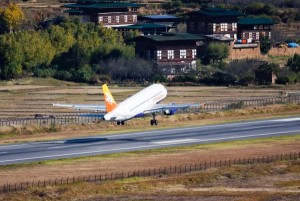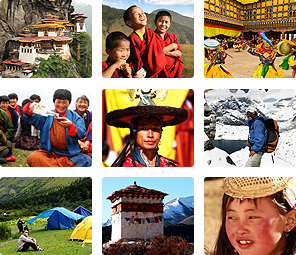Following two years of extensive restoration, Bhutan restarted the historic
and sacred Trans Bhutan Trail to travelers and trekkers for the first time in
60 years. The trail was officially inaugurated in March 2022 with the vision to
restore the ancient route for tourism, adventure, and connection.
This 403-km long breathtaking trail is one of the most culturally rich and
least explored trails in the world and comes as a new incentive to finally
cross it off the bucket list for travelers and trekkers.
The trail spans the country from Haa in the west to Trashigang in the east
crossing through 9 districts (Dzongkhag), 28 local governments (Gewog),
two municipalities, one national park, and 400 historical and cultural sites,
including fortresses and monasteries in most remote and beautiful
landscapes.
In addition, it is also an opportunity to explore 18 major bridges and climb
10000 stairs. It also gives a picture-perfect panoramic view of the country
from some of the highest peaks while crossing 12 mountain passes
encountering you.
As one of the longest trails covering all of central Bhutan, those ambitious
walkers following the entire trail route could cover it in about a month.
Besides being able to take mountain bikes through the route, shorter
itineraries and tours are also available if you want to walk a section of the
trail.
The trail also commits to continue providing low-carbon and sustainable
experiences for locals and international visitors alike. It is hoped that the
trail will be a major hit among pilgrims, and travelers and boost tourism.
This is a community-based project undertaken by the Tourism Council of
Bhutan (TCB) with funding support from the Bhutan Canada Foundation that
involved over 900 individuals impacted by the pandemic to reinstate this
ancient route over two years.
There are ranges of accommodation options along the route and nearby the
trail – from rustic campsites to three-star hotels. You can choose a
homestay in traditional Bhutanese farmhouses to experience the Bhutanese
lifestyle.
Walking or cycling the ancestral trekking route allows the Bhutanese to walk
in the footsteps of their ancestors to rediscover themselves in generations’
worth of stories and history. Surely, it has something for everyone’s taste as
each trail promises one or more fascinating tales unique to them.
Given Bhutan is one of the 10 global biodiversity hotspots, the trail through
the pristine forest, is a paradise for bird watchers, naturalists, and
photographers.
Travelers can also purchase a Tail Passport – part of the TBT membership for
individuals, companies, and institutions – at a minimal fee to keep track of
their progress on the trail. This allows you to take ownership of the
important cultural landmarks and support the environment besides offering
honors such as invitations to members-only events, discounts on
merchandise, and regular newsletters and bulletins.
Dating back to the 16 th century, the trail was a major thoroughfare and
pilgrimage route, opening up trade and travel in the country. However, the
trial had fallen into disuse shortly after the introduction of the national road
network in the country in the 1960s.







